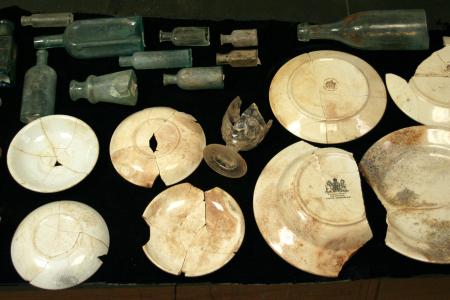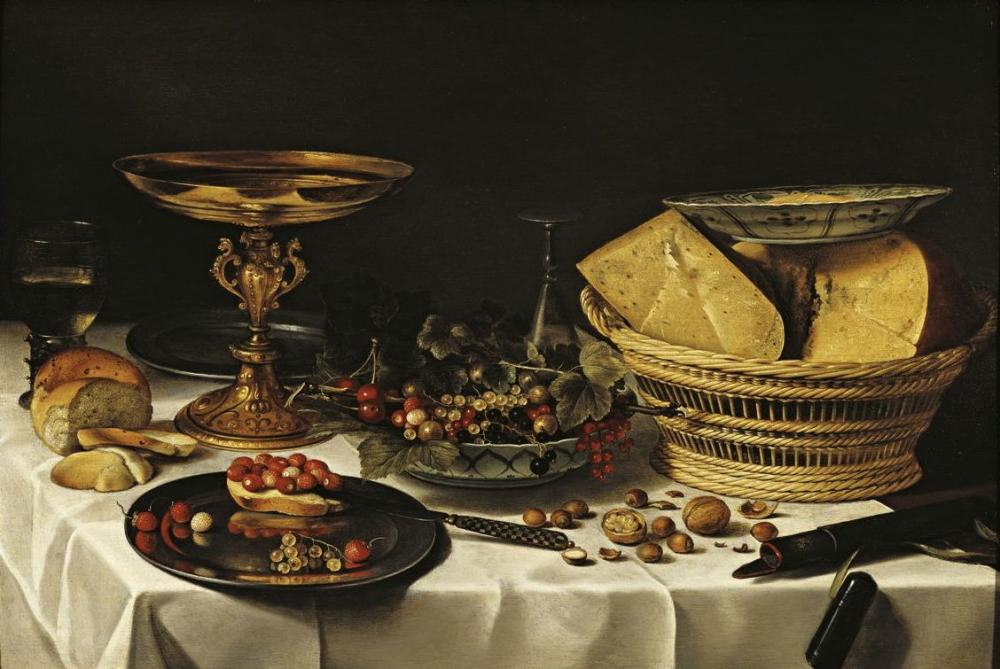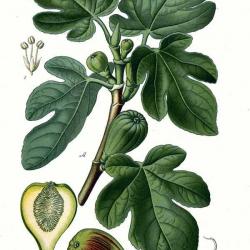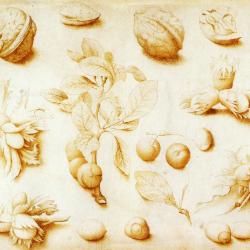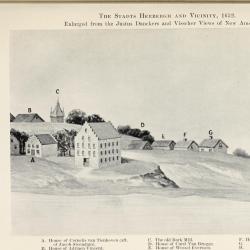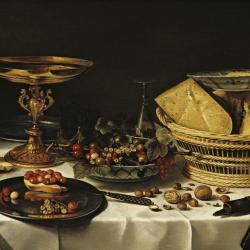Archaeologists can glean a tremendous amount of information from soil sediments collected at archaeological sites. Pollen grains, phytoliths, seeds, and other remnant plant material can survive for thousands of years below ground under the right conditions. These data allow for the study and reconstruction of past environments and demonstrate what types of flora people relied on at different points in time.
The historical archaeology collection at the New York State Museum contains many processed and unprocessed soil samples waiting for future research questions. For example, recently soils from a ca. 1653 privy excavated in Lower Manhattan during the early 1980s were processed to recover botanical remains that might add new information about life in New Netherland. This privy is thought to have been used by the family of the Secretary of New Netherland, Cornelis van Tienhoven. The results were compared to a previous botanical analysis based on a much smaller sample from the privy. Based on this new analysis we were able to identify nine previously unidentified edible species and nine new native plants present in the privy. We now know that the family was eating hazelnuts, walnuts, hickory nuts, mulberries, elderberries, butternut or crookneck squash, and imported figs. Mint was also used, perhaps for medicinal purposes.
These new data show a greater variety in the diet within the Van Tienhoven household than previously realized, and when compared with data from contemporary sites, provide a more accurate summary of life in New Netherland.


